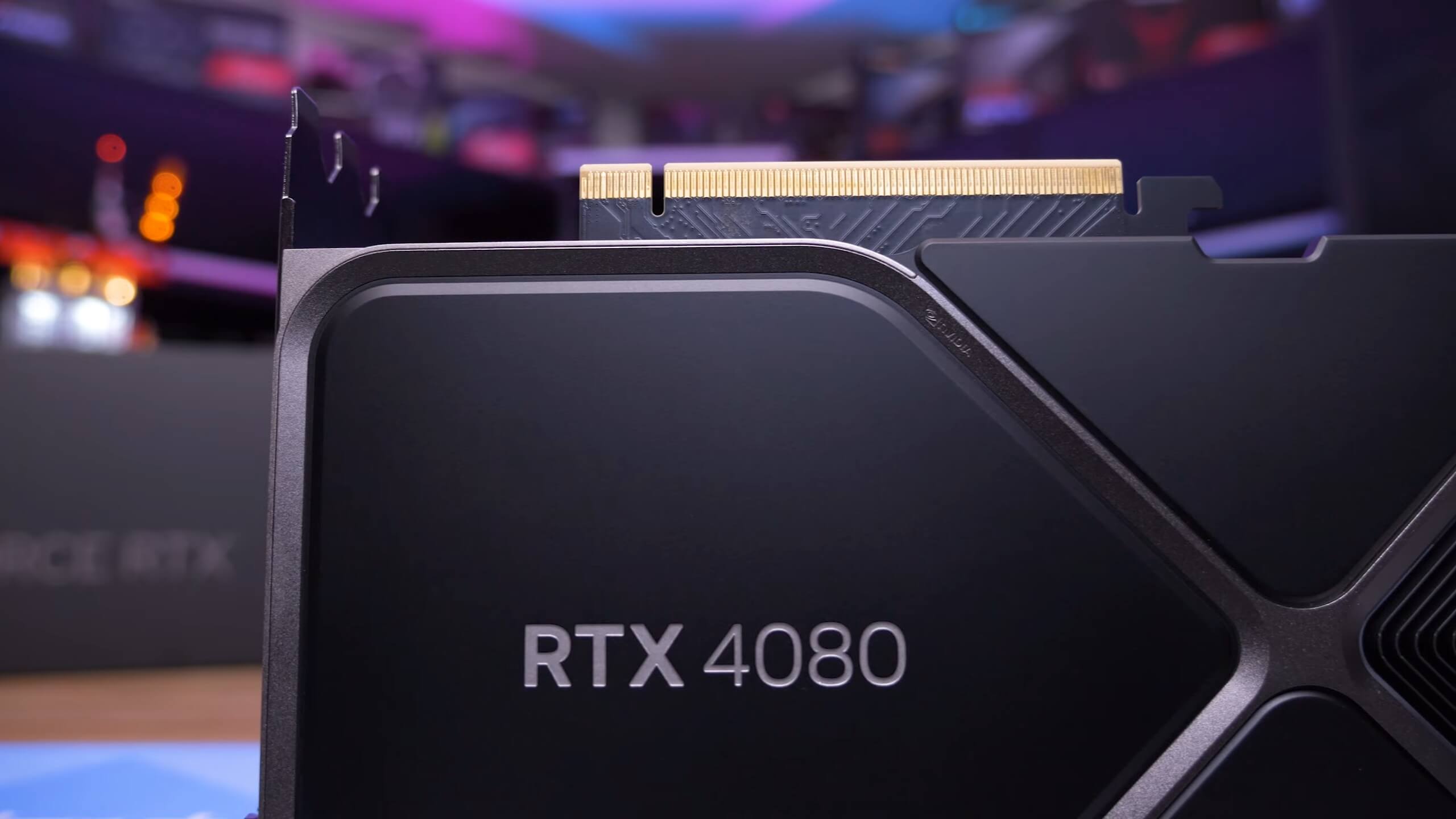Rumor mill: More rumors have arrived relating to Nvidia's alleged Super versions of its RTX 4000 series. The latest claim is that Team Green is not only planning an RTX 4080 Super, but it will also discontinue the current RTX 4080 to make way for the new variant.

The new Super allegation comes from Chinese tech site IT Home. As with all rumors, a healthy dose of salt is recommended with this one.
It's claimed that retailers in China are stocking up on RTX 4080 cards ahead of it being replaced by the Super version. Manufacturers are also said to be increasing shipments, but many still expect to see the card's price go up and its availability decline if it is killed off by Nvidia, especially if the RTX 4080 Super proves to be a lot more expensive than the current $1,199 (MSRP) vanilla version.
We've also heard some rumors about what sorts of specs the RTX 4080 Super will be packing. Benchlife claims that board partners revealed the card will use the AD102 GPU and come with 20GB of memory. That's a big jump over the current AD103-powered RTX 4080's 16GB and would be a welcome upgrade when more games are demanding increasing amounts of VRAM. It's also likely that the Super variant will see the 256-bit memory bus increase to 320-bit.
I have some different opinions.
– kopite7kimi (@kopite7kimi) October 23, 2023
I think the relationship between RTX 4080 Super and RTX 4080 is similar to that between RTX 2080 Super and RTX 2080. https://t.co/LJqKZRISta
Those specs would represent an impressive performance uplift for the RTX 4080 Super compared to the RTX 4080, but not everyone thinks this will be the case. Prolific and usually accurate leaker kopite7kimi believes the differences between the two cards will mimic those of the RTX 2080 and RTX 2080 Super, meaning the new variant might come with the full AD 103 GPU, introducing more SMs and CUDA cores along with increased boost clocks, thereby offering only a slight improvement.
Last week, we heard from two leakers that Nvidia is planning an RTX 4080 Super, RTX 4070 Super, and RTX 4070 Ti Super. That last one sounds unlikely, but Nvidia isn't afraid to release multiple versions of the same card and use names likely to confuse everyday consumers.
To reiterate, these are all still rumors, but Nvidia isn't expected to release the next-gen RTX 5000 series until 2025, so a refresh does look likely.
https://www.techspot.com/news/100601-nvidia-might-discontinue-rtx-4080-favor-20gb-rtx.html
/cdn.vox-cdn.com/uploads/chorus_asset/file/24865477/6oJYIxB.png)